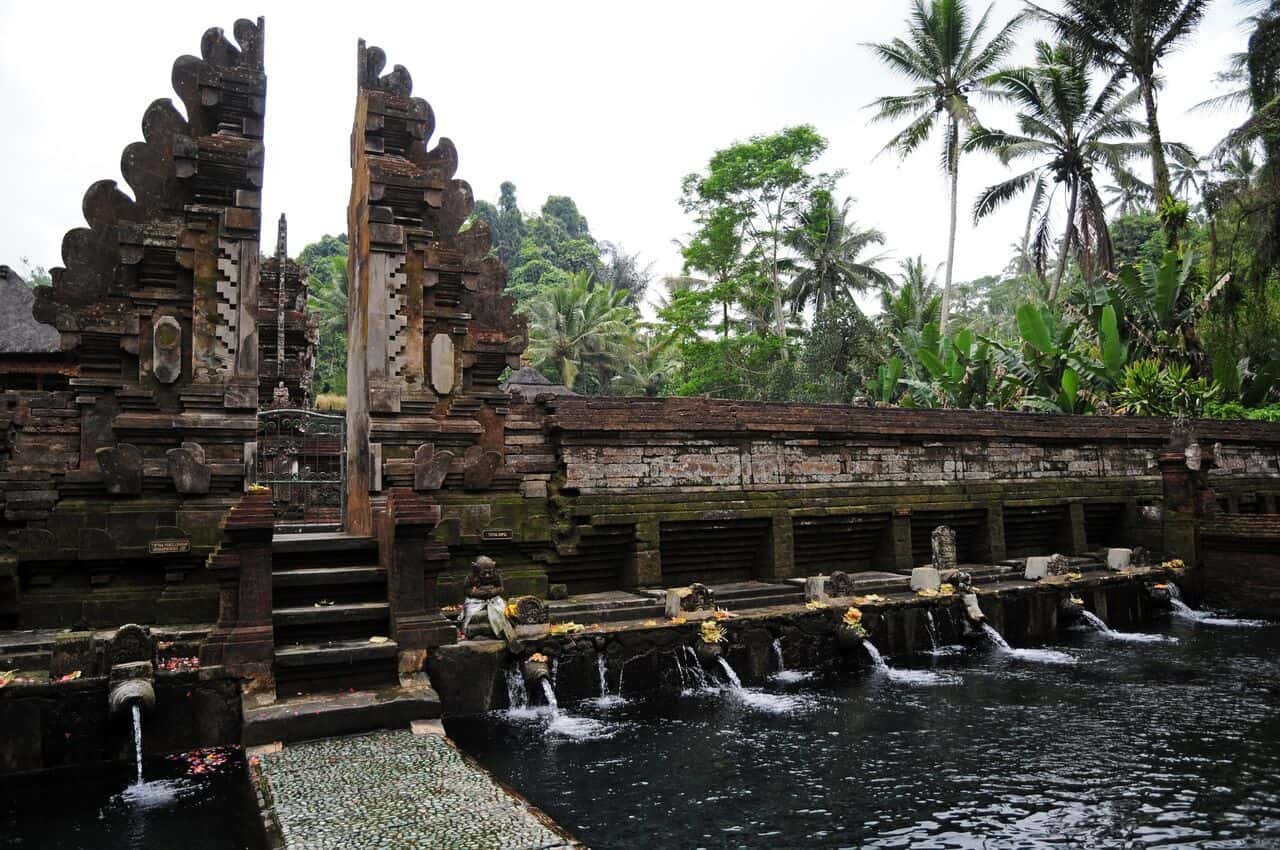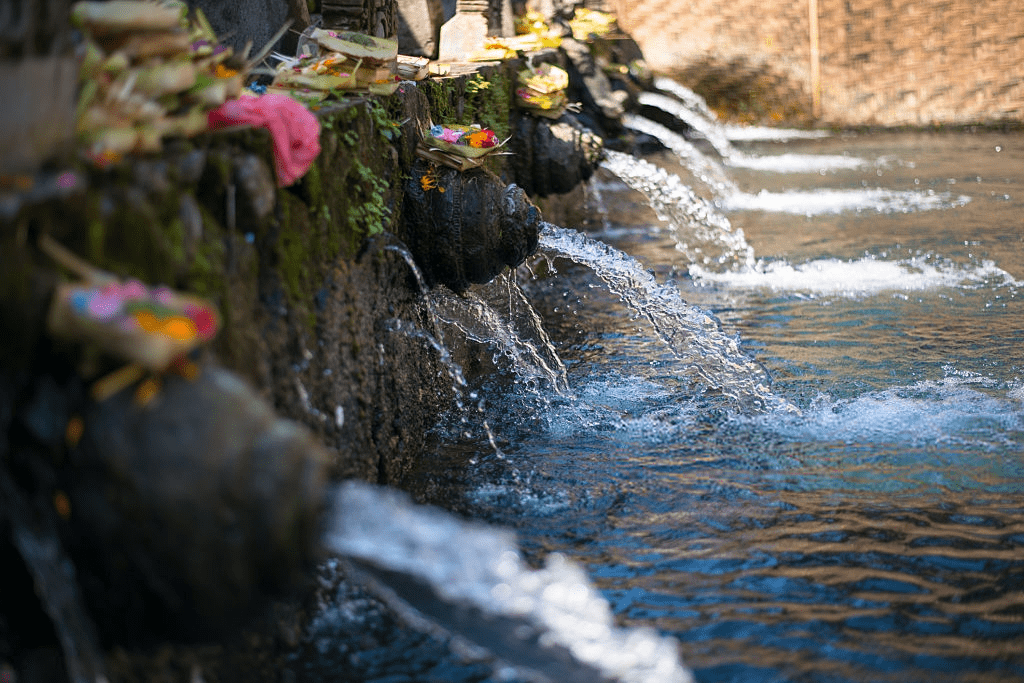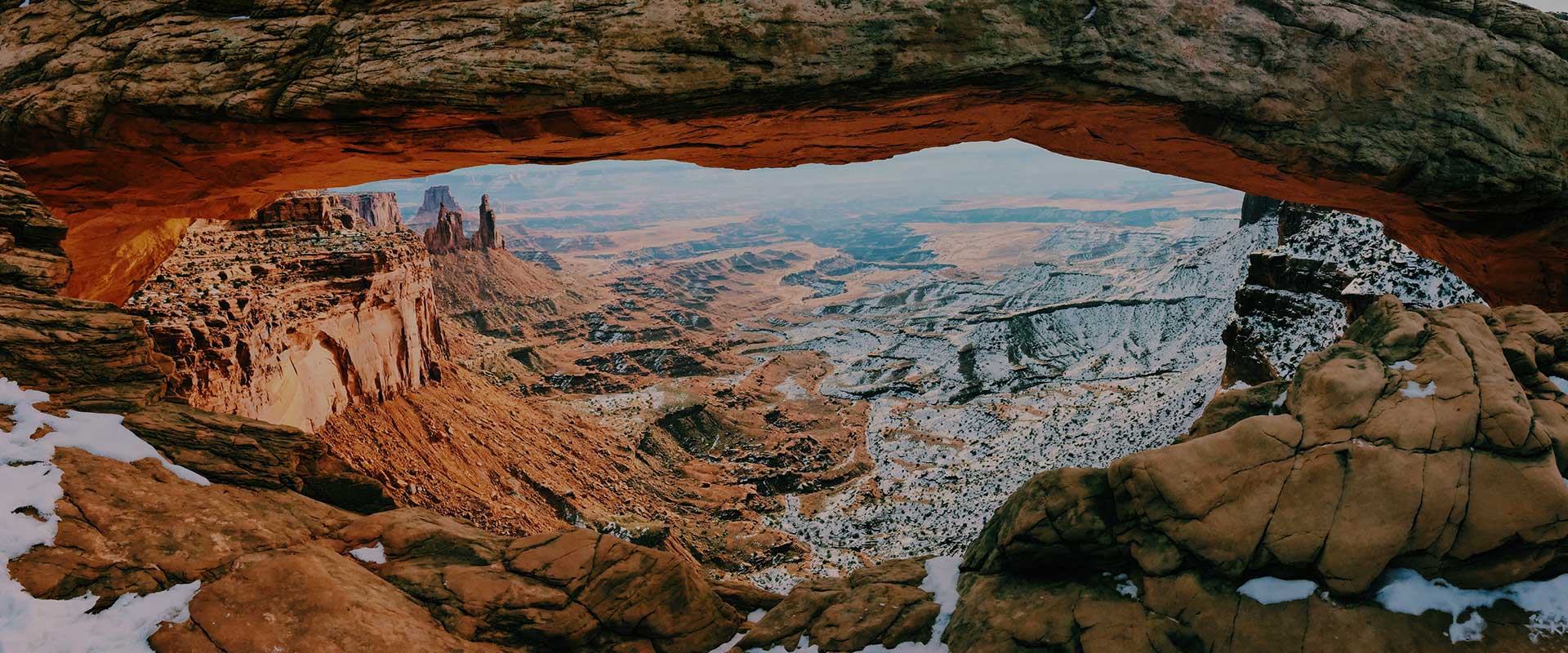Tirta Empul is a major temple complex and sacred mountain spring, located in the village of Manukaya in the center of Bali city. The complex, built around 960 AD, is also a silent witness to the years of the ancient Balinese kingdom, particularly at the time of the Warmadewa dynasty. Another nearby and prominent hilltop site is the presidential palace, Istana Tampaksiring, built during the years of the nation\’s first president, Soekarno.
The Temple of the Holy Water Fountain
Tirta Empul, meaning «holy water fountain» is actually the name of a water source located inside the temple. The spring feeds several purification baths, pools and ponds of fish surrounding the outer perimeter, which flow into the Tukad Pakerisan River. Several sites throughout the region and many other archaeological relics are related to local myths and legends.

As with any visit to the Bali temple or a visit to a sacred site, it is always important to dress with respect. The simple dress code for visitors to the Balinese temple is a traditional wrap of «kamen» around the lower body plus a sash around the waist.
Women during their periods are forbidden to enter any temple or sacred site, and may enjoy the sights and attractions on the outer perimeters only. It is tempting to try the purification bath ritual yourself; however, the formal routine is strictly for pilgrims and devotees.
You may want to consult your guide, who can ask the temple authority for more details. There are also several warungs or food stalls that sell local food, snacks, and refreshments.
The Interior of the Empul Pure Tirta Temple
As is common with Balinese temples, the Empul Tirta Temple complex has three key divisions namely, a front, secondary, and inner courtyard. Visitors to Tirta Empul first see the lush gardens and trails adorned with statues and tropical plants that lead to its entrance.
After passing through this typical «candi bentar» (temple gate), a large walled courtyard welcomes visitors to the swimming pools, where a large meeting room is located on the right, the pilgrims first approach a rectangular purification bath where there are a total of 13 elaborately sculpted pipes that run along the edge from west to east.

After solemn prayers at an altar like shrine, they proceed to enter the crystalline and cold mountain water. With joined hands, they bow under the water of the first pipe and continue to the eleventh. The water from the last two of the 13 pipes has the purification purpose in the funeral rites.
The myth behind the healing and purifying spring speaks of a Balinese ruler, known by the title of Mayadenawa, who is said to have challenged the influence of Hinduism and denied his subjects prayers and religious practices. Legend has it that eventually angered the gods, and in a campaign, the god Indra sought the Mayadenawa subdual.


